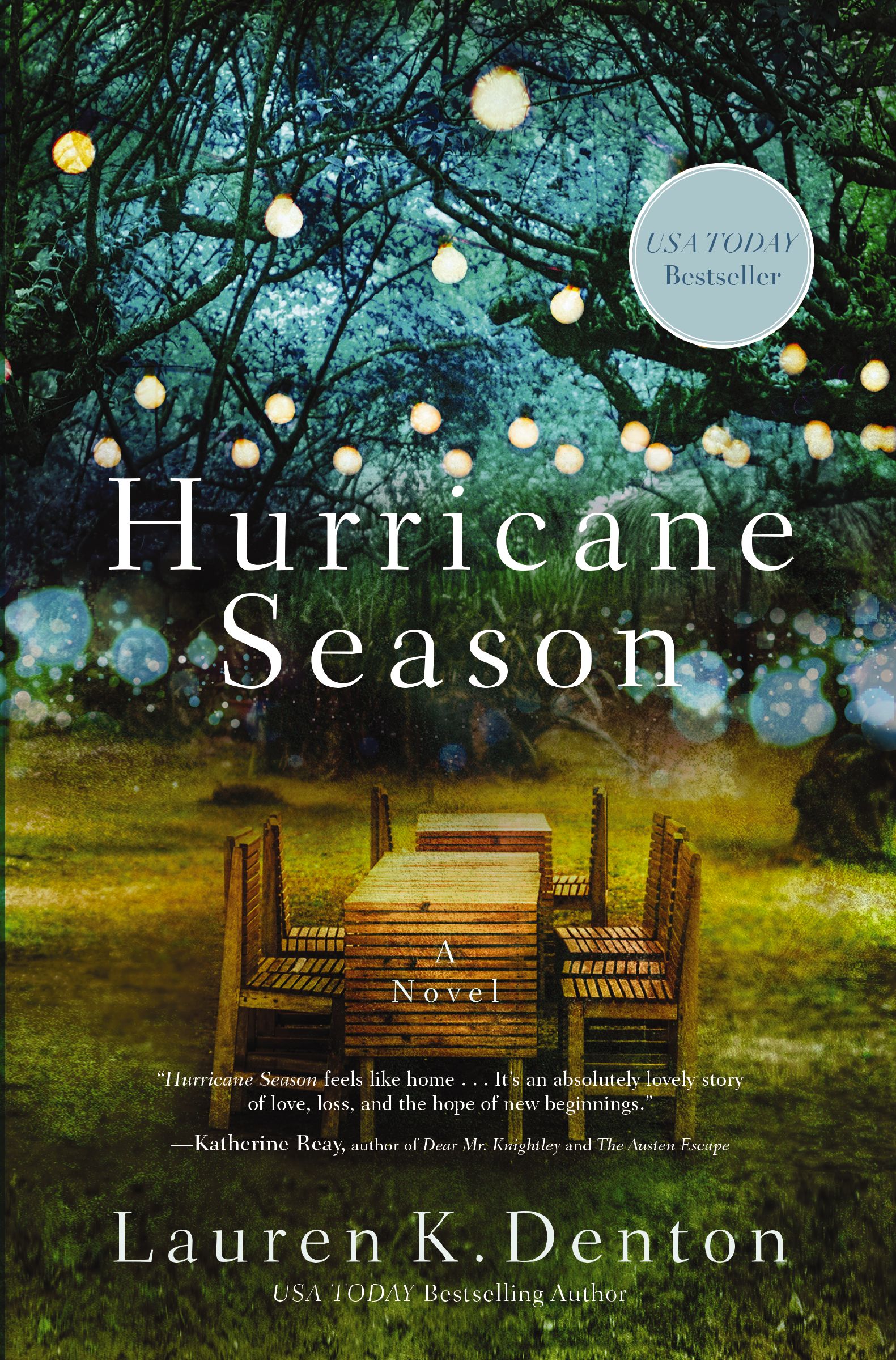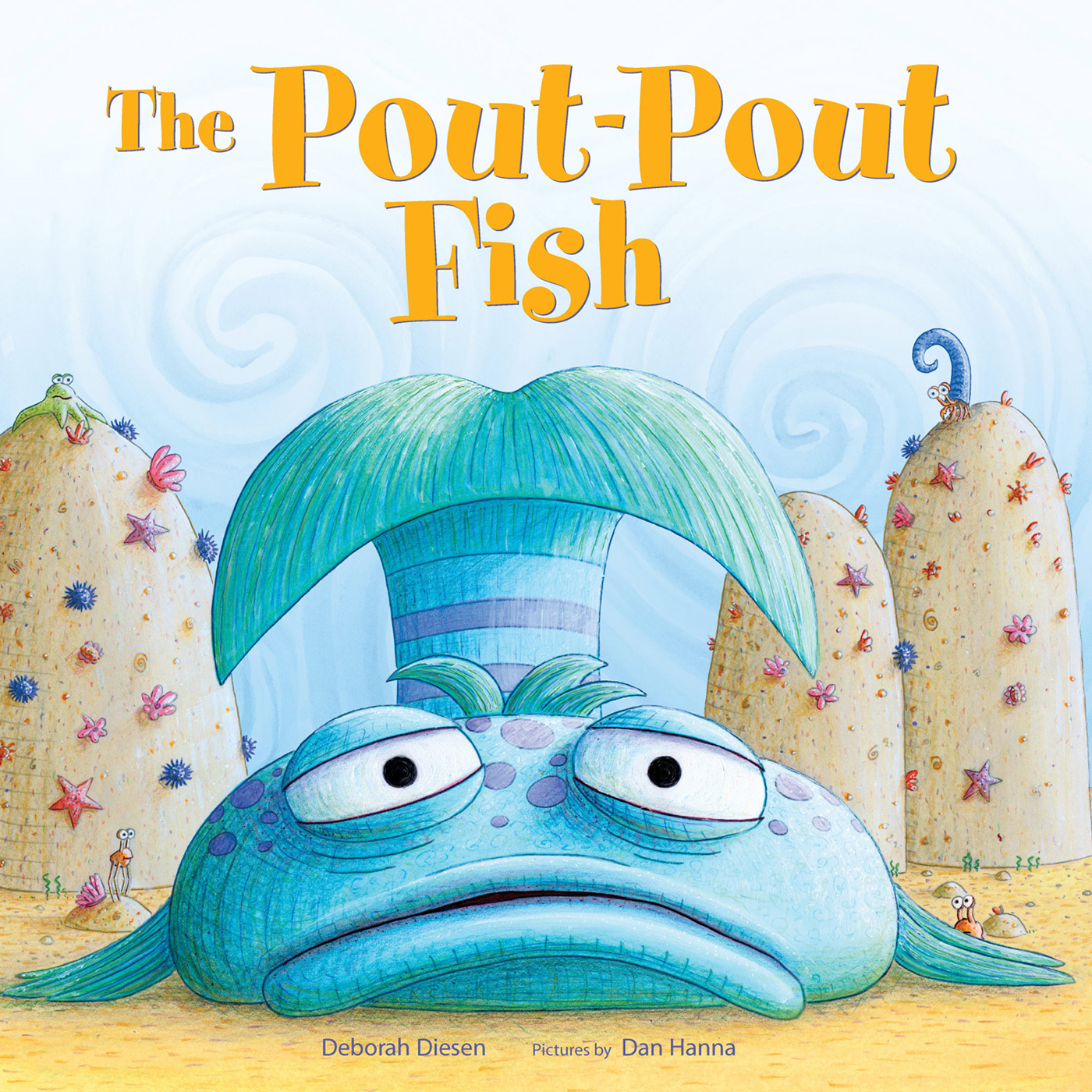Areal Diffusion and Genetic Inheritance: Problems in Comparative Linguistics
by Alexandra Y. Aikhenvald
2020-12-31 00:50:17
Areal Diffusion and Genetic Inheritance: Problems in Comparative Linguistics
by Alexandra Y. Aikhenvald
2020-12-31 00:50:17
Two languages can resemble each other in the categories, constructions, and types of meaning they use, and in the forms they employ to express these. Such resemblances may be the consequence of universal characteristics of language, of chance or coin...
Read more
Two languages can resemble each other in the categories, constructions, and types of meaning they use, and in the forms they employ to express these. Such resemblances may be the consequence of universal characteristics of language, of chance or coincidence, of the borrowing by one language ofanother''s words, or of the diffusion of grammatical, phonetic, and phonological characteristics that takes place when languages come into contact. Languages sometimes show likeness because they have borrowed not from each other but from a third language. Languages that come from the same ancestormay have similar grammatical categories and meanings expressed by similar forms: such languages are said to be genetically affiliated.This book considers how and why forms and meanings of different languages at different times may resemble one another. Its editors and authors aim (a) to explain and identify the relationship between areal diffusion and the genetic development of languages, and (b) to discover the means ofdistinguishing what may cause one language to share the characteristics of another. The introduction outlines the issues that underlie these aims, introduces the chapters which follow, and comments on recurrent conclusions by the contributors. The problems are formidable and the pitfalls numerous:for example, several of the authors draw attention to the inadequacy of the family tree diagram as the main metaphor for language relationship.The authors range over Ancient Anatolia, Modern Anatolia, Australia, Amazonia, Oceania, Southeast and East Asia, and Sub-Saharan Africa. The book includes an archaeologist''s view on what material evidence offers to explain cultural and linguistic change, and a general discussion of which kinds oflinguistic feature can and cannot be borrowed. The chapters are accessibly-written and illustrated by twenty maps. The book will interest all students of the causes and consequences of language change and evolution.
Less






























